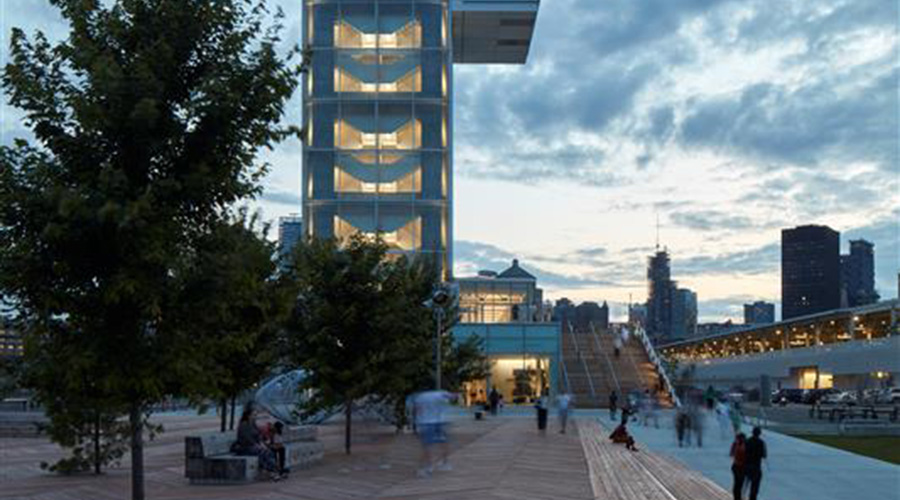
Getty Center's Resilience Plans Standing Up to Wildfire
Center's buildings are made of fire-resistant stone, concrete and protected steel, and its campus is surrounded by landscaping designed to slow the spread of fire. January 17, 2025
By Dan Hounsell, Senior Editor
Resilience has become a trendy topic in institutional and commercial facilities in recent years. Building owners, directors and managers have devoted growing amounts of time, money and energy to actions designed to help their facilities prepare for, respond to and recover quickly from emergencies. And as emergencies — especially natural disasters — have become more frequent, intense and destructive, many of these plans have been put to the test.
Most recently, nearly every building in the greater Los Angeles area has faced raging wildfires, and resilience plans have been put to the test. In the case of one Los Angeles institutional facility, resilience efforts have paid off.
The Getty Center, situated in the Los Angeles suburb of Brentwood, draws 1.8 million visitors annually and houses hundreds of centuries-old art pieces from artists such as Van Gogh, Rembrandt and Monet.
But even though the center was included in a mandatory evacuation zone as a result of the Palisades Fire expansion, the center insisted its campus is the “safest place possible" for its massive art collection, according to NBC Los Angeles.
The Getty Center's buildings are made of fire-resistant stone, concrete and protected steel while its campus is surrounded by travertine plazas and well-irrigated landscaping designed to slow down the spread of fire. Its landscaping includes drought-resistant plants and oak trees whose canopies are regularly pruned to prevent them from becoming fuel for fire.
In addition, the building's interiors have reinforced concrete walls with fire-protected steel and automatic fire doors that can trap fires in sealed-off areas. The interior is also equipped with an HVAC system designed to maintain a pressure flow to keep outside smoke out.
Dan Hounsell is senior editor for the facilities market. He has more than 30 years of experience writing about facilities maintenance, engineering and management.
Next
Read next on FacilitiesNet












